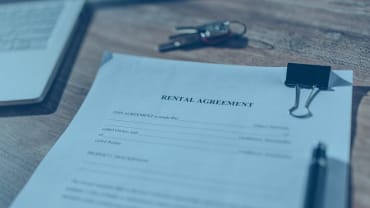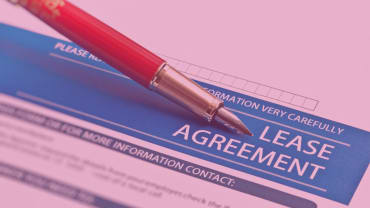The COVID-19 pandemic has had a profound effect on businesses across the country; closing the high-street and forcing many industries and sectors to work from home.
What does this mean for commercial landlords and how do you protect your interests when premises are lying empty? Knowing your rights under the lease is a good place to start.
This includes ensuring that you are aware of your tenant's dilapidations obligations under the Lease. As a starting point, here are 10 things to be sure of when it comes to payment obligations and dilapidations in commercial leases:
- What are they? A dilapidations payment obligation amounts to a contractual payment to pay the cost of works. It is owed to a landlord as a result of a tenant's breach of the repairing obligations in a lease. In other words, if a tenant does not carry out certain works to the premises by the end of their tenancy, a landlord can serve a payment demand in lieu of the same, provided the lease says so.
- What do they say? Payment obligations are worded to provide that, if at the expiry or earlier termination of the lease the premises are not in the required condition e.g. "good and tenantable condition", the tenant must pay the landlord the amount of money the works would have cost. The lease will also set a deadline for payment– usually 14 days from the date of the payment demand.
- Where are they found? Payment obligations for dilapidations are usually found in removal or termination clauses within the lease but can, on occasion, be hidden elsewhere such as the decoration clause.
- What's loss got to do with it? Quite frankly, not a lot. The dilapidations payment obligation amounts to a liquid debt and is therefore payable regardless of actual loss. For example, in @Sipp v Insight, the court recognised that whilst a landlord might use the money recovered to carry our remedial works, there are times when they might not want nor need to e.g. when they have a tenant lined up who does not require some or all of the repairs to be made. Nonetheless, payment of the sum still falls due.
- Is it fair? This was the question for the judges in LS Buchanan. In that case, the payment obligation referred to the "fair" cost of carrying out works. LS Buchanan argued that the use of that word prevented the landlord from demanding payment for work that would not be carried out. To do so, would be unfair. The judges disagreed, deciding that "fair" should be construed narrowly. All it meant (in that lease) was that the landlord couldn't demand payment of a sum which is extravagant or inflated i.e. don't substitute steel taps for gold replacements! More on LS Buchanan and the question of fairness, here.
- How to enforce? Either a formal notice or payment demand will need to be served upon the tenant. Landlords must usually also provide a schedule of dilapidations which lists the repairs and associated costs involved in returning the premises to the condition required by the lease. All of the usual requirements for serving notice come into play i.e. making sure it is served on the right person at the right address in accordance with the lease.
- What supporting information is required? In some cases, a certificate(s) from a surveyor is required to certify that the sum claimed is equal to the amount needed to put the property into good condition. The lease should be read closely to check whether one is needed and, importantly, at whose cost.
- When can payment be demanded? Leases usually provide a timescale for serving payment notices and parties must be alert to this as payment obligations are time sensitive. If the lease doesn't specify a timescale, wording elsewhere may require it to be served as close to expiry as possible. Either way, landlords should not delay and preferably, should be considering their options prior to expiry.
- Is VAT payable? Generally, dilapidation payments have been treated as a damages payment and therefore fall out with the scope of VAT. Payment obligations are not a damages claim and so there is an argument that VAT should be charged on them. As it is, HMRC is changing its approach to VAT on dilapidations – see here.
- What impact has COVID-19 had? COVID-19 is likely to result in a rise in commercial litigation claims generally. Furthermore, with commercial properties lying empty, tenants may seek to end their leases early. Understanding what obligations are expected from tenants at expiry will help landlords take early action to protect their interests.
Contributors
Matt Farrell
Partner
Andrea Fraser
Trainee Solicitor













